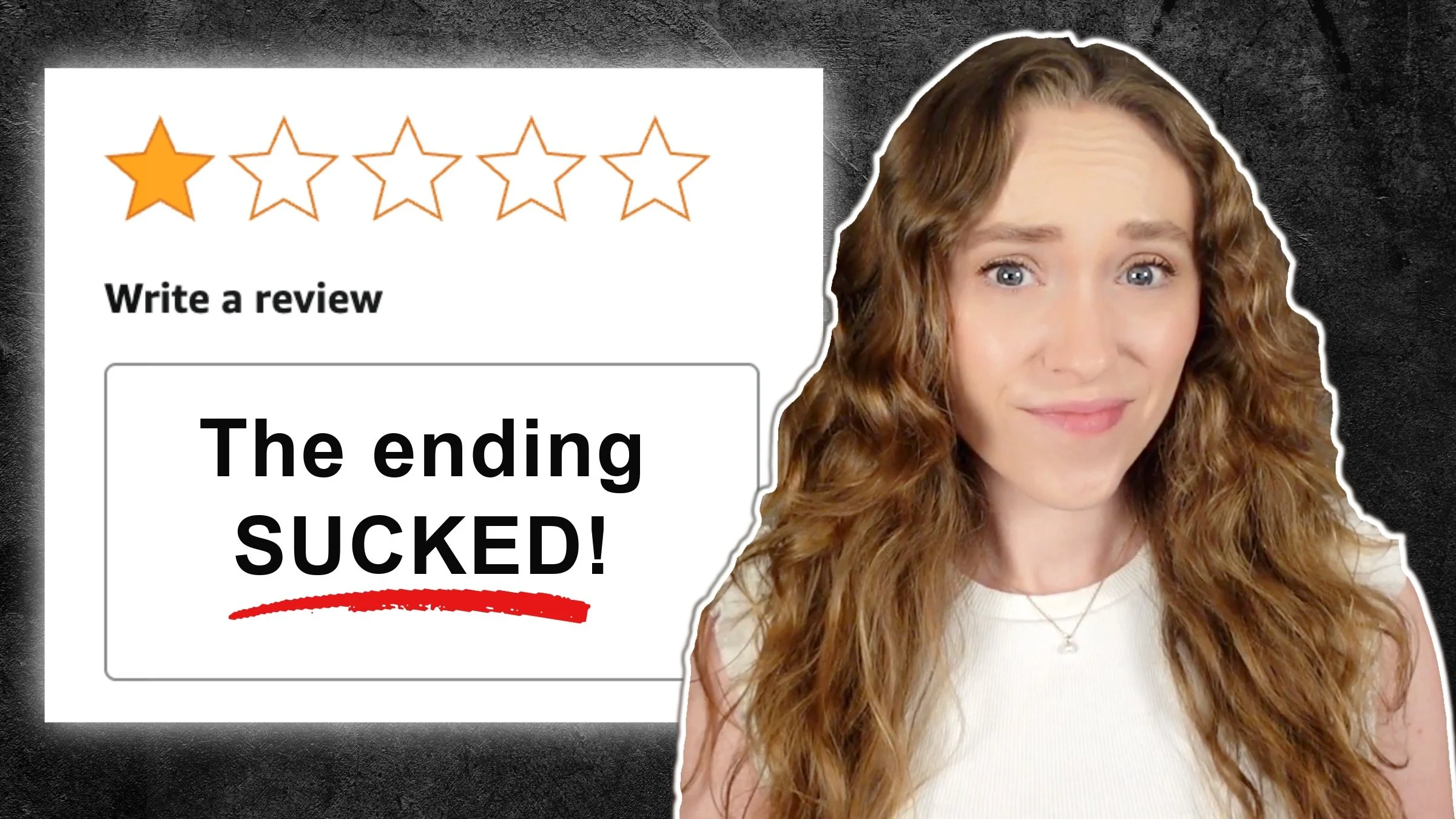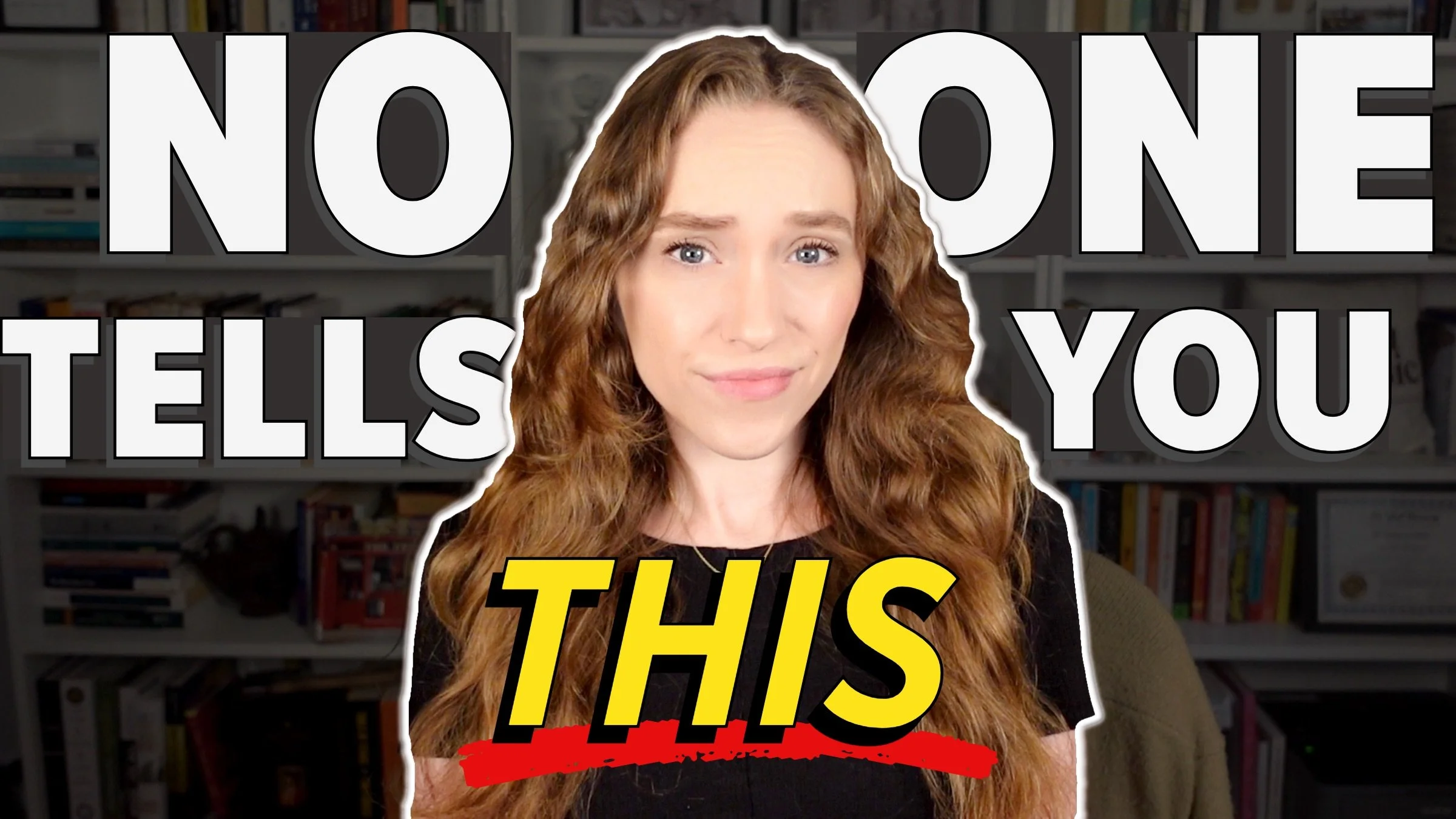How to Perfect Your Novel’s Pacing in 5 Simple Steps
HIT PLAY OR READ THE POST BELOW:
Nailing your novel’s pacing means the difference between a reader picking up your book and staying engaged from the beginning all the way to the end or setting it down partway through, which is the last thing any author wants. But pace can be difficult to conceptualize and grasp as you are drafting your story, and many authors struggle with effective novel pacing — whether it's a slow start, a saggy middle, or a rushed ending.
You need to nail that Goldilocks balance where the plot progresses not too quickly but not too slowly at the same time. I’m going to walk through five practical and actionable tips to help you perfect your novel's pace to keep the reader engaged all the way to the end.
1. Time Your Inciting Incident Strategically
One of the biggest mistakes I see authors make in the first chapters of their book is delaying the inciting incident of the story for too long. This can happen especially if you have a lot of world-building or exposition delivered in the opening of your story and you end up burying the lede.
The inciting incident is that moment where things meaningfully change for your main character, the event that sets the rest of the plot in motion and kickstarts their transformative journey. If you haven't already thought about what your inciting incident is, start with that as step one. Once you know what your inciting incident is, look where it currently occurs in your draft. There are a lot of differing opinions out there on where you should deliver your inciting incident, but the general advice is to deliver it within the first 10 to 15% of your book. Some authors start the inciting incident in the very first chapter.
It's important to have the inciting incident occur pretty early in your story because that's the moment that's going to hook the reader into the plot. If they have no sense of where the plot is heading or what it's all building to, then it's less likely that they're going to be invested in continuing the book.
2. Identify Slow Scenes
My next tip for how to pace a novel effectively is to identify slow scenes. If you have a scene that isn't meaningfully contributing to the overarching plot, it's going to slow down the pace of the story and could potentially lead readers to disengage. For instance, this happens if you linger a bit longer than necessary in flashbacks or on subplots.
That said, once you decide that a scene is necessary, I still recommend trying to trim filler around the scene. Ultimately, every scene should be contained only to the important plot action that occurs in that scene. For instance, if an important plot development occurs when your main character returns from work but nothing of consequence occurs during their workday, you don't need to spend pages and pages detailing what they did at work — the tasks they accomplished, who they spoke to, what they had for lunch, etc. We really only need to see that scene once they get home from work, and you can paraphrase or summarize in a quick line or two that they went to work earlier in that day. This is going to help you get straight to the important action of the scene and keep your plot feeling swift.
Another great strategy if you're concerned about slow scenes in your novel is to reverse outline. This is when you create a summary of each and every scene in your story, giving you a quick overarching glance at everything that happens in your book and when it happens. You can then take a look at your reverse outline and ask yourself: are certain plot developments happening too close together, or are they too far apart? Do certain scenes feel like outliers? Do you have several scenes in a row where nothing is actually really happening with the characters? Then you can go back to the manuscript with all of that intel and see if you can quicken up the pace.
3. Watch for Time Jumps
When I'm editing a book, I'm always on the lookout for language that is a giveaway that the pace is lagging. You can tell these areas because the narrative will basically skip over a period of time and say that nothing was happening over that time period. For example, we could see a line like, "The next two weeks passed by uneventfully," or in a mystery novel, "For two weeks, Jack continued to follow up with suspects but got no responses." Language like this immediately makes a reader disengage with the story, because you're telling them that nothing is happening right now in the plot, and you're undermining the sense of momentum that you've built.
So how do we fix this? You can rework the plot such that there isn't a meaningful time jump anymore between significant plot developments, and that reverse outline technique could help with that. So, for instance, instead of it taking two weeks for the character to get a response from a suspect, you could have it happen in the next day or two to keep the plot moving swiftly.
If you determine that you do need a time jump between plot events for whatever reason, then you can use that gap to incorporate a scene that develops an important subplot. That way, we're still seeing some kind of action before the main plot continues.
Regardless of how you handle the time jump, once you're ready to get to the next plot development, don't spend too much time describing that period where nothing happened. Get the reader to the next critical point in the story.
4. Slow Down in Consequential Moments
My next tip for effective pacing in a novel is to slow down during consequential moments. The narrative can end up feeling too rushed or too choppy if you speed through highly dramatic, emotionally intense scenes without giving them proper attention on the page. So, in these moments that are critical to the character's journey, make sure you're slowing down and showing us their emotional responses to what's happening.
Make sure to fully unpack all of the consequences of this moment. This is what's going to make it feel momentous to the reader and not just like something that we're skimming right past. You should include enough description so the reader feels fully immersed in the scene and is truly inhabiting the POV character's experience of that consequential moment. This technique also will help you create suspense because in lingering in a scene, you're naturally going to create anticipation in the reader for us to see the outcome of that scene. We're going to be at the edge of our seat waiting to see how everything's going to play out. But you can't build anticipation if you just speed right through everything without slowing down ever.
5. Craft a Sufficient Denouement
Look at the ending chapters of your book after the climax of the story. There should be some amount of narrative dedicated to wrapping up the story and providing a sense of finality and closure after the main plot has played out. This is called the denouement period. This section is very important to your book because the reader wants that time to figure out where the characters are going to go from here. And even if the questions that the narrative poses aren't all tied up in a bow, this section is still going to provide a sense of resolution.
That said, you don't want this closing section of your story to be too long or too short, or you might spoil the reader's experience of the entire ending. Sometimes in this section, authors will slip into wanting to tell the reader how every single character's life played out in the decades to come. But we don't really need to hear so much detail in most cases to still get a sense of finality and closure.
At the same time, you don't want zero denouement altogether, because then your ending is going to feel super abrupt and rushed, and you could confuse the reader as to what they're meant to take away from the story. So, make sure you are providing us a sense of closure without dragging out the ending for too long.
I hope these tips helped you identify some potential weak points in your novel's pace and figure out how to improve them. Thanks so much for reading, and happy writing!






